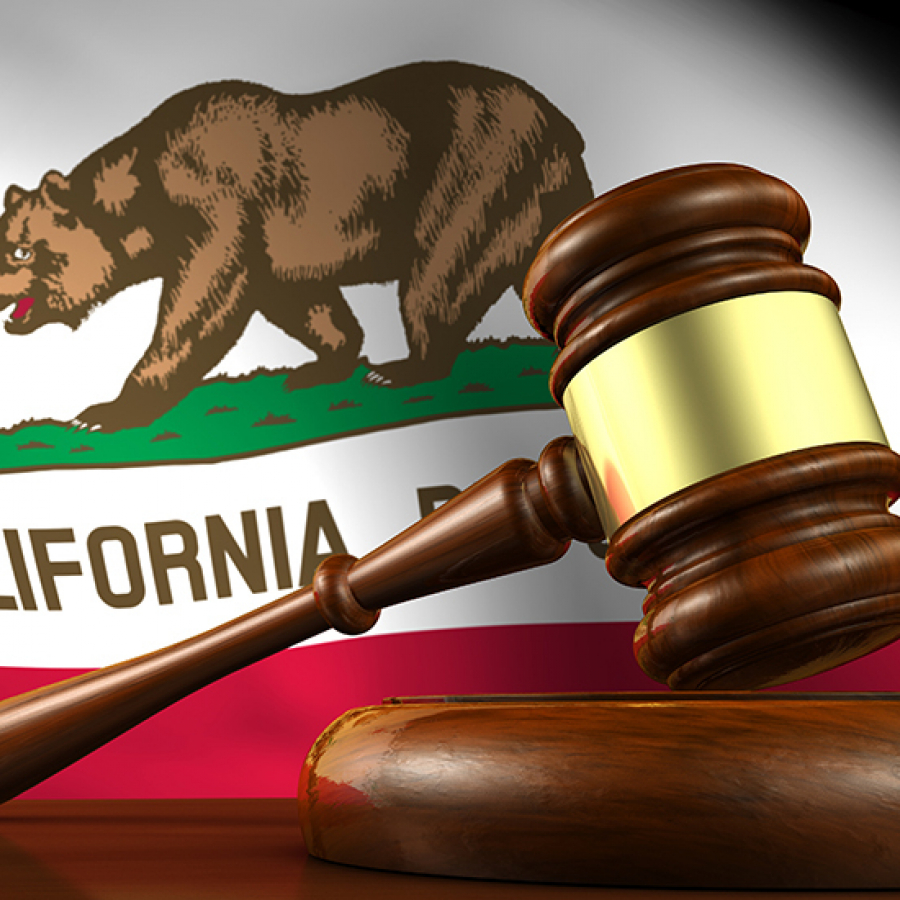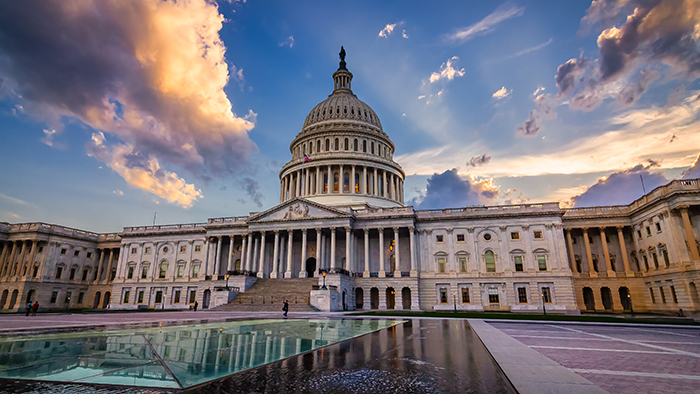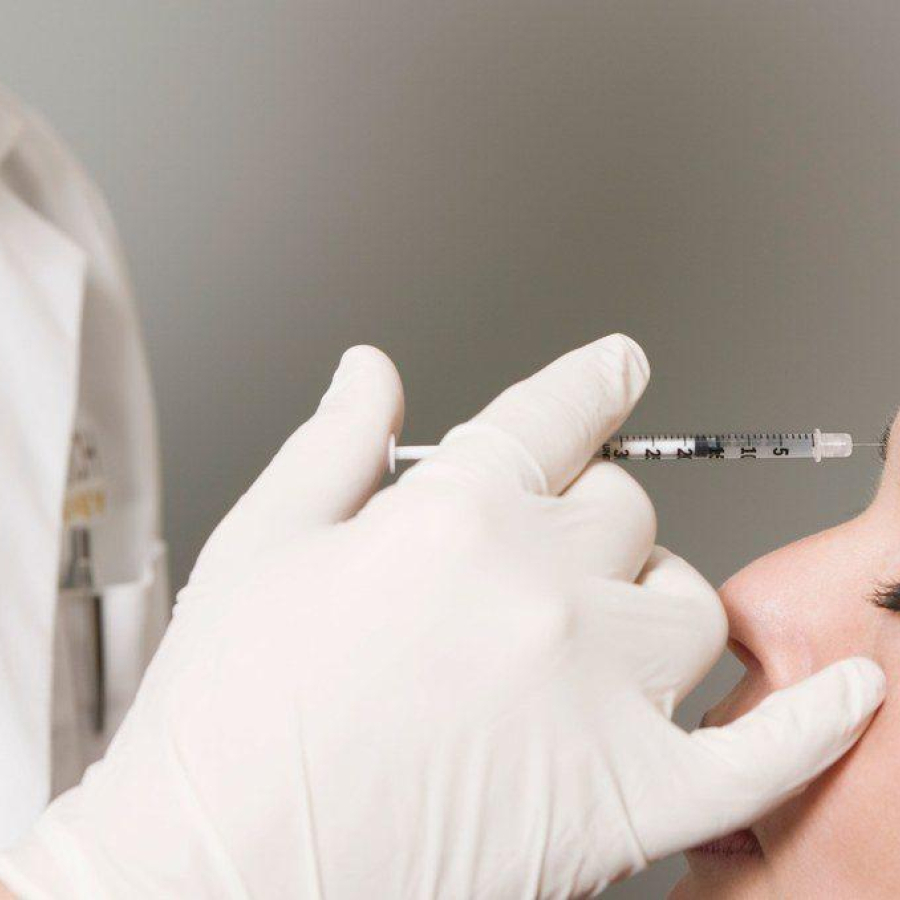
Legal
Second California Law That Affects MSOs Passes
California has now passed two laws that will have an effect on how investors, health care entities and management services ...
Posted By Mike Meyer, Thursday, March 19, 2020

By Patrick O'Brien, JD, legal coordinator, American Med Spa Association
UPDATE: HR 6201 has been signed into law. The final version is available to read here. The general paid sick time mandate discussed in the original article has been replaced with an "emergency paid sick leave" requirement that applies only to the current crisis. Not mentioned in the original article, HR 6201 requires reimbursement or insurance coverage for testing for the coronavirus but does not change coverage for treatments. Because this is new law guidance and specific instructions are not yet available, regulatory agencies should provide more information in the coming days.
The major takeaways for medical spa owners and operators are:
Employees who have been on the job for at least 30 days are eligible to take a job-protected leave to quarantine, care for quarantined family or recover. The leave is unpaid and can be up to 12 weeks. the Department of Labor hasn't yet updated its webpage, but you can find more information here when it does.
Employers must provide all employees with emergency paid sick leave, available for immediate use. Full-time employees are entitled to 80 hours of paid time, and part-time employees are entitled to the number of hours they work in a two-week period. The paid sick time may be used if the employee is unable to work or telework, because they are:
Employers and self-employed individuals get a tax credit to offset the costs of the emergency paid sick leave. It is a quarterly credit against employment taxes for 100% of the wages paid up to $200 per day, or $511 per day if the reason is due to quarantine, ordered self-quarantine or the person experiencing COVID-19 symptoms. However, the credit can only account for 10 days per quarter.
ORIGINAL POST: The federal bills aimed at providing relief for COVID-19 would require employers provide paid sick time for employees and create a federal additional sick time for public health emergencies. The Senate version, known as S 3415, is currently with the Committee on Health, Education, Labor and Pensions for deliberation. The House's bill, known as HR 6201, has passed the House vote; however, recent reports indicate there are some issues with adopting amendments on the specific terms and funding for some of these new benefits and to whom they apply that must be addressed before passage. We'll briefly review some of the tenets of HR 6201, since it is the more expansive bill; however, bear in mind that they may change substantially once these measures are finally passed.
Under HR 6201, all employers with one or more employees would need to provide a paid sick leave benefit. The sick leave may be used for a number of health related absences, such as when the employee is ill or caring for a parent, child or spouse, as well as when a place of employment is closed by a state or federal official, or by the employer's discretion due to a public health emergency. The sick time must accrue at the rate of at least one hour for every 30 hours worked, up to 56 hours in a year; however, the employer has the option of choosing higher limits. Exempt employees also earn this time. The sick time would begin accruing following the 60th day of employment. However, in the event of a public health emergency—such as the one we're currently experiencing—the employee may use a special emergency paid sick time (discussed below). This sick time benefit will carry over from year to year, but employers are not required to provide more than 56 hours at any one time. Terminated or resigned employees are not entitled to be paid for unused time.
Employees also are entitled to additional paid sick time in the event of a declared public health emergency in addition to any regular sick time they have accrued. Full-time salaried employees would receive the equivalent of 14 days of leave; part-time and hourly employees would receive the number of hours they would normally have worked in a 14-day period. In a public health emergency, this sick time is used up first, followed by the normally accrued time. Employers with 50 or fewer employees are able to request a reimbursement of these emergency leave wages from the Secretary of Labor by submitting an affidavit showing the periods and wages associated with this additional paid sick time. Funds will be paid by the Secretary of the Treasury after approval.
In addition to the paid sick leave mentioned above, HR 6201 includes a separate emergency paid leave for those affected by COVID-19 who are either diagnosed ill, under quarantine or caregiving due to illness or facility closure. This leave is paid by the Social Security Commissioner in 30-day increments, up to three increments (i.e. 90 days total). The leave is at the rate of two-thirds of the average monthly earnings, up to $4,000. However, there is a dollar-for-dollar reduction in this benefit for any state or private paid leave the individual receives during this period. In order to use this benefit, individuals would need to first use up their paid leave, wages paid that period or unemployment compensation for the week. These funds would not be subject to income tax for federal tax purposes.
Employers also would need to provide protected unpaid leave up to 12 weeks in public health emergencies. This would be under the Family and Medical Leave Act, which typically only applies to employers with 50 or more employees, but for "public health emergencies" applies to any employer with one or more employee. This unpaid leave may be taken intermittently or on a reduced schedule. The employee can choose to substitute accrued paid leave or vacation for the unpaid time. However, the employer cannot force them to do so.
HR 6201 contains additional provisions not found in S 3415. HR 6201 would require the adoption of emergency standards for health care workers to protect them from COVID-19; these standards would be developed jointly by the Centers for Disease Control and the Occupational Health and Safety Administration. It also would make additional funds available for SNAP assistance, student lunches and child nutrition, and provide waivers on state certification periods and reporting requirements to facilitate rapid implementation. HR 6201 also would require the adoption of emergency standards to protect health care and elevated-risk workers.
These bills, HR 6201 in particular, are moving and changing rapidly, so any specific provisions may be changed by the time they are finally passed. As this is a rapidly evolving crisis, it is likely that one of these measures will be adopted in the coming days. AmSpa will endeavor to stay on top of developments in these bills and keep you informed.
Related Tags
Medical spa news, blogs and updates sent directly to your inbox.

Legal
California has now passed two laws that will have an effect on how investors, health care entities and management services ...

Legal
A newly passed law in California will prohibit certain contractual provisions between medical and dental practices and private equity groups ...

Legal
By Patrick O'Brien, General Counsel, American Med Spa Association (AmSpa)The September bulletin from the Texas Medical Board (TMB) helps to ...

Legal
By Patrick O’Brien, General Counsel, American Med Spa AssociationOn September 23, 2025, the Alabama Board of Medical Examiners (BME) issued ...